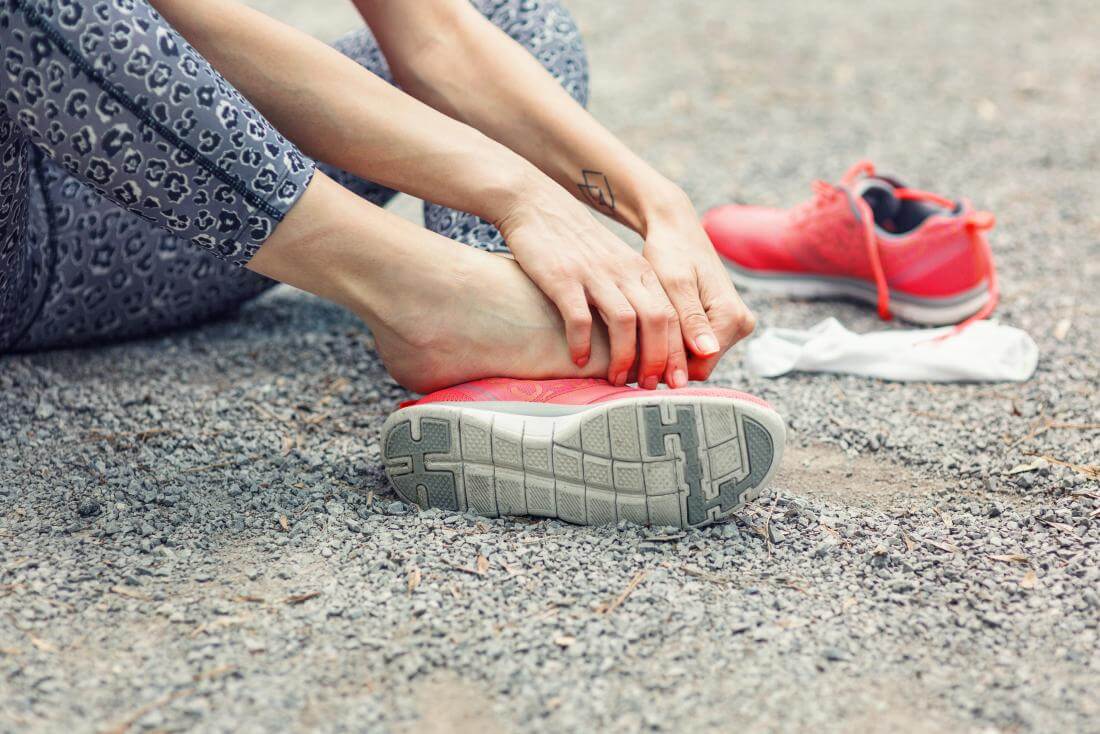
As you may already know, orthotics are special heel or shoe inserts prescribed by doctors to help with the treatment of foot, leg, or back problems. While there are numerous over-the-counter options you can use, it is always good to get one custom made for you. But how do you get a custom orthotic? The answer is to contact a podiatrist.
Get Diagnosed by a Podiatrist
The only way to tell if you need orthotics is to book an appointment with a podiatrist. Following a diagnosis, the doctor may recommend orthotic treatment to:
- Correct foot deformities
- Provide support to your ankle
- Help the ankle or foot function optimally
- Reduce the likelihood of further injuries
Orthotics are much more than ordinary heel pads or shoe inserts. They are basically highly customized heel or shoe inserts that are specifically made for your feet. Orthotics will only be recommended if other treatments have failed or have proven to be ineffective.
How are Diagnoses Done?
If you have been experiencing heel or foot pain, you should see a podiatrist. A podiatrist’s area of specialization is in conditions of the feet. In the first meeting, you will be asked questions about your symptoms. The questions may include when you first started experiencing the discomfort, what worsens the discomfort, and what makes it better.
A physical exam of the feet will then be done. The purpose of the exam is mainly to check for deformities as well as areas where the most pain is being experienced. You may be asked to walk and do other activities. Special imaging or pad may be provided for you to walk on. The images show how your feet strike the floor and help determine the location of the problem.
Traditional imaging of the feet inclusive of bone scans, X-rays or MRI may also be prescribed. These help to pinpoint areas of injury, damage, or arthritis. All the diagnoses will be used to recommend a treatment which may include the prescription of orthotics.
Common Conditions Are Treated by Orthotics
Orthotics may be used in the treatment of several medical conditions including the following:
- Arthritis: Osteoarthritis and rheumatoid arthritis can cause foot discomfort and poor positioning. The issue can be corrected using orthotics
- Back pain: Poor feet position can cause pain that wearing orthotics can help lessen.
- Bursitis. The soreness of the fluid-filled sacs in the toes and heels can cause tenderness and bursitis pain. Orthotics can better support the heel and arc to ease bursitis discomfort.
- Bunions. These painful bumps that develop at the base of the big toe can cause deformities. An orthotic with a wider toe box can help alleviate the pressure on the big toe.
- Diabetes. Diabetic neuropathy can be treated using orthotics where orthotics is used to reduce pressure and stress that cause foot ulcers.
- Flat feet. Flat feet may be the cause of back, ankle, and foot pain. Orthotics can be used to cushion the feet and promote right foot positioning.
- Hammertoes
- Heel spurs
- High arches
- Injuries
- Plantar fasciitis
How Can Orthotics Help
Orthotics is often used together with other treatments such as supportive shoes and physical therapy exercises. You may also be required to take nonsteroidal anti-inflammatory drugs.
Orthotics help to remedy feet that are not ideally positioned and also offer enough support and cushioning in the key areas of the feet. When used correctly, orthotics can help avoid invasive treatments like surgery.
Types of Orthotics
Orthotic types differ depending on the materials used. They range from accommodative which are cushioning and flexible, to rigid which consist of plastic or carbon fiber. There are also whole shoe inserts and others are heel inserts that fit in the back cup. Ankle-foot orthotics are in a straight position and outstretch from the heel upward and around the calf.
Orthotics generally help persons with conditions that affect their foot and ankle. If you are searching for the most reliable podiatrist to consult about orthopedics in Pickering or Ajax, CP Health is here for you. Call us now 📞 (905) 239-5001 to book your appointment.
